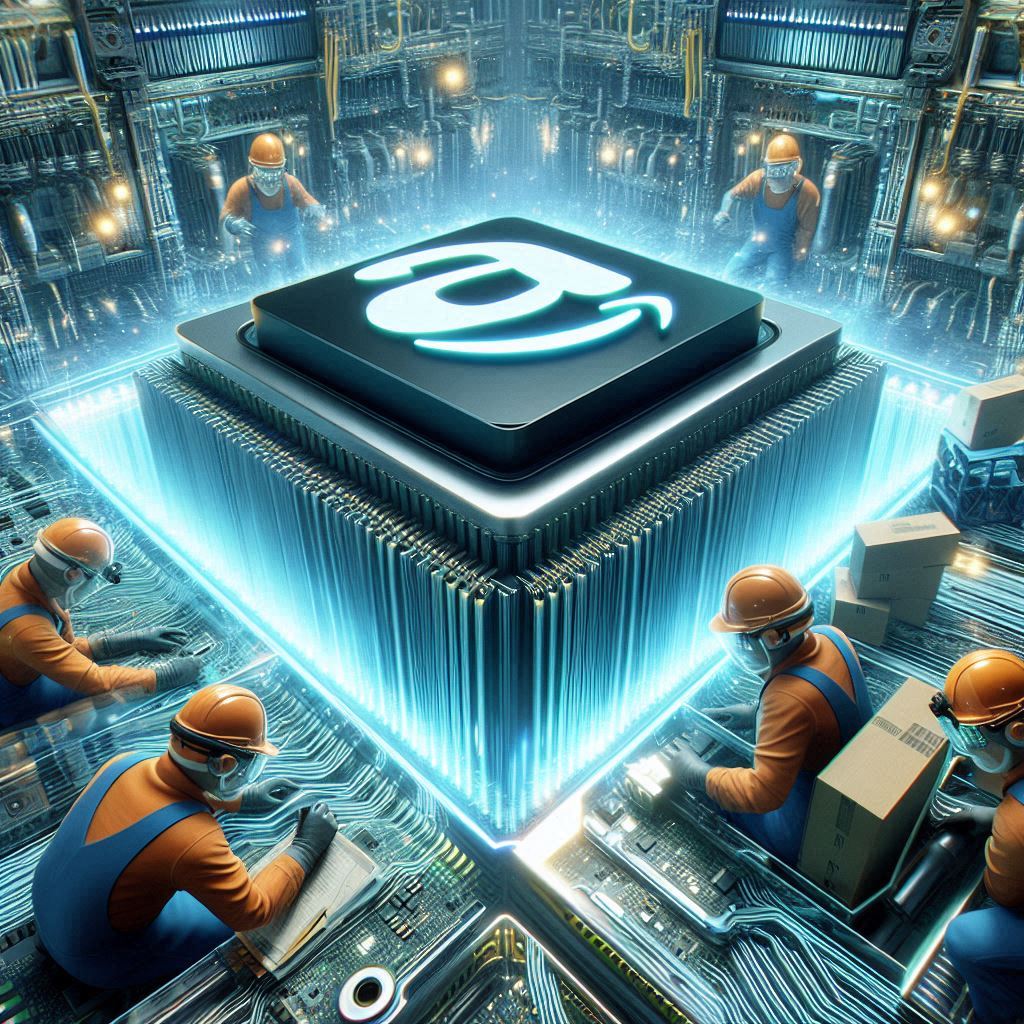
In Amazon.com's chip lab in Austin, Texas, a team of engineers is rigorously testing a new server design packed with Amazon's own artificial intelligence chips. This development is part of Amazon's strategy to reduce its dependence on Nvidia's costly chips, which are essential for powering artificial intelligence operations within Amazon Web Services (AWS), the company's primary growth driver.
During a lab visit on Friday, Amazon executive Rami Sinno highlighted the company's efforts to develop its own processors. These homegrown chips aim to offer a cost-effective alternative to Nvidia, addressing the increasing demand from AWS customers for cheaper computing solutions for complex calculations and data processing.
Amazon's AI chip initiative is still in its early stages, with the Trainium and Inferentia chips representing newer designs. In contrast, Amazon's Graviton chip, which handles non-AI computing tasks, has been in development for nearly a decade and is now in its fourth generation. The company acquired Annapurna Labs in 2015, which has since been integral to AWS's chip development efforts.
David Brown, Vice President of Compute and Networking at AWS, noted that Amazon's chips could offer significant cost savings. "The offering of up to 40%, 50% in some cases of improved price (and) performance - so it should be half as expensive as running that same model with Nvidia," he said on Tuesday.
AWS, which contributes to nearly a fifth of Amazon's overall revenue, reported a 17% increase in sales, reaching $25 billion in the January-March quarter compared to the previous year. AWS holds about a third of the cloud computing market, with Microsoft's Azure following at around 25%.
During the recent Prime Day event, Amazon deployed a substantial number of its chips, including a quarter million Graviton chips and 80,000 custom AI chips, to manage the increased activity. The event resulted in a record $14.2 billion in sales, as reported by Adobe Analytics.
As Amazon continues to innovate in chip design, it aims to maintain its competitive edge in the cloud computing market, challenging rivals like Microsoft and Alphabet while offering customers more affordable AI computing options.